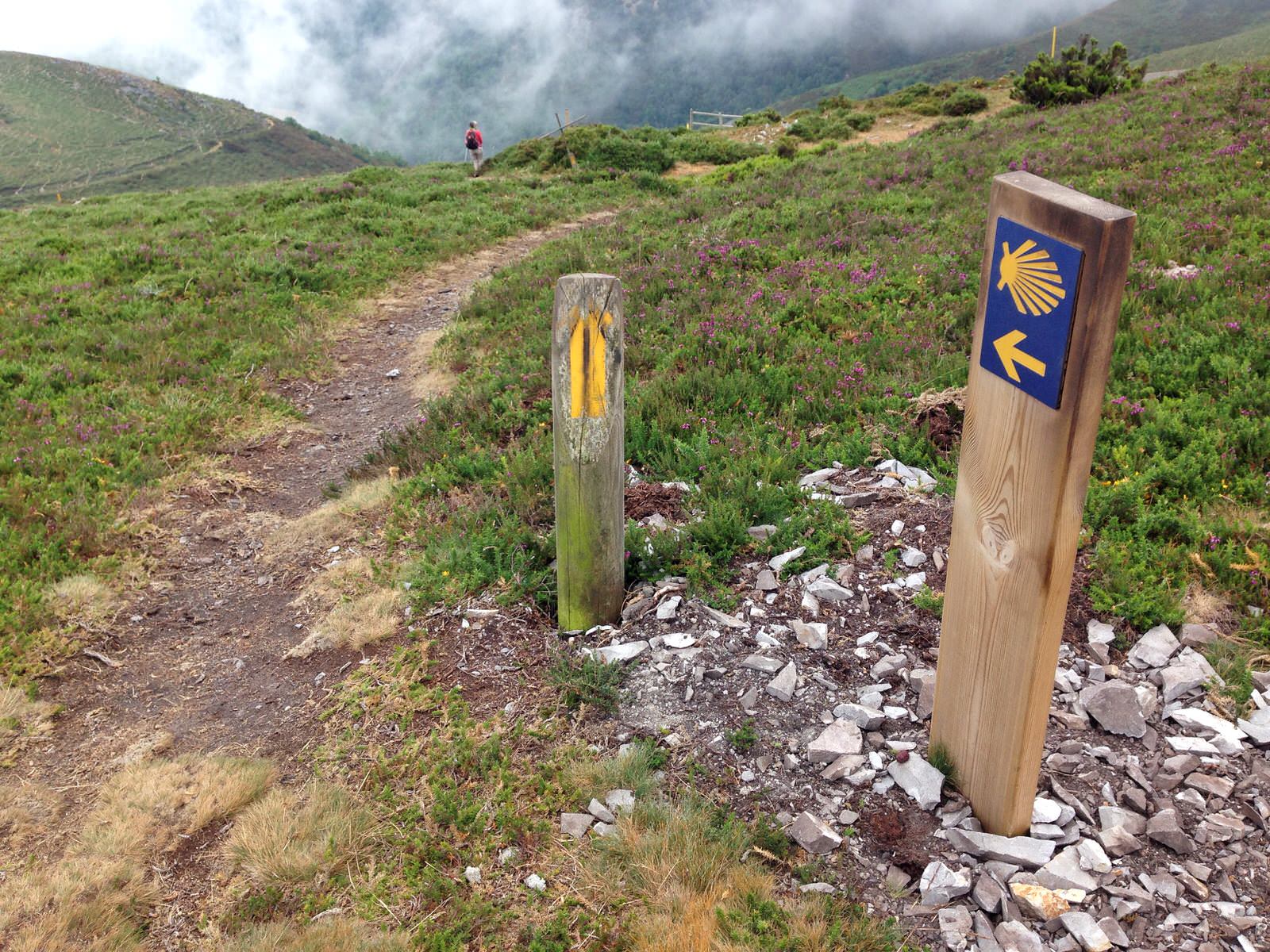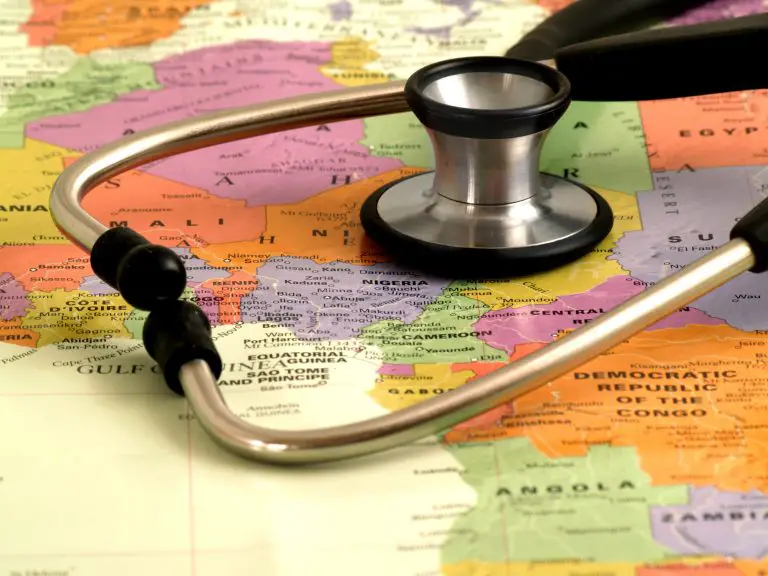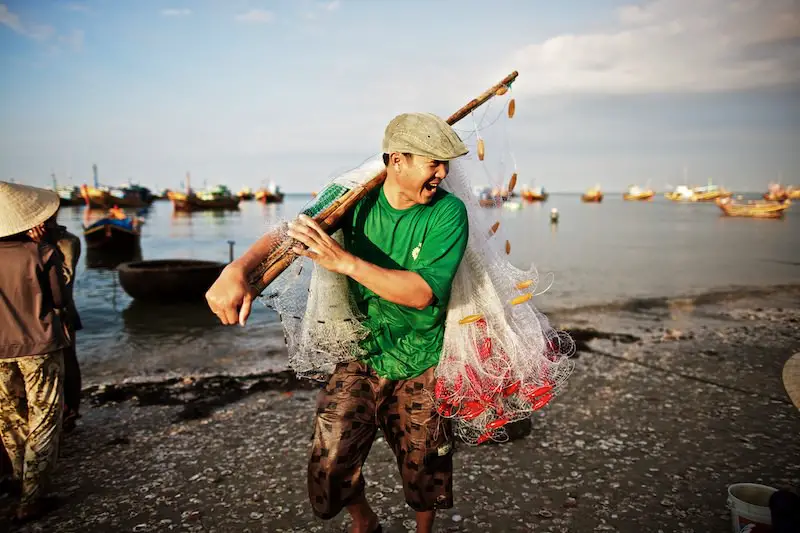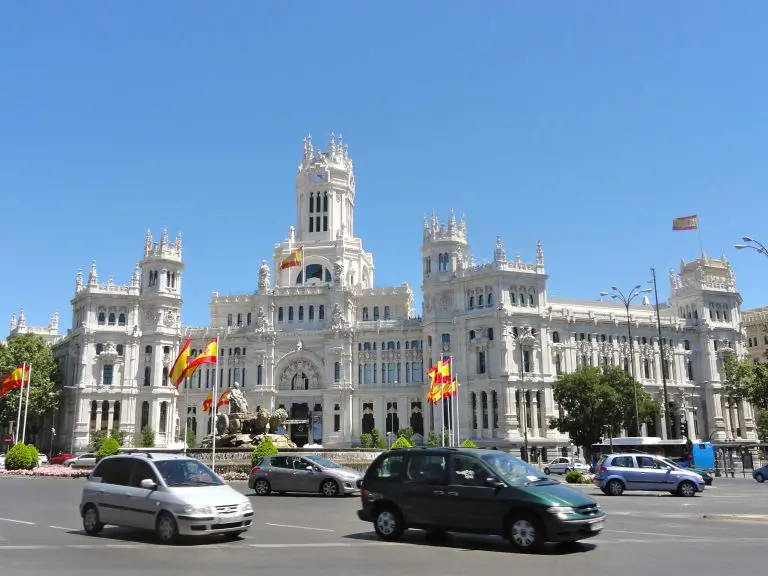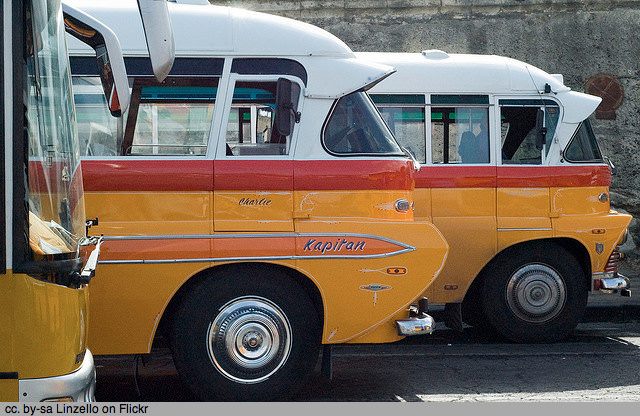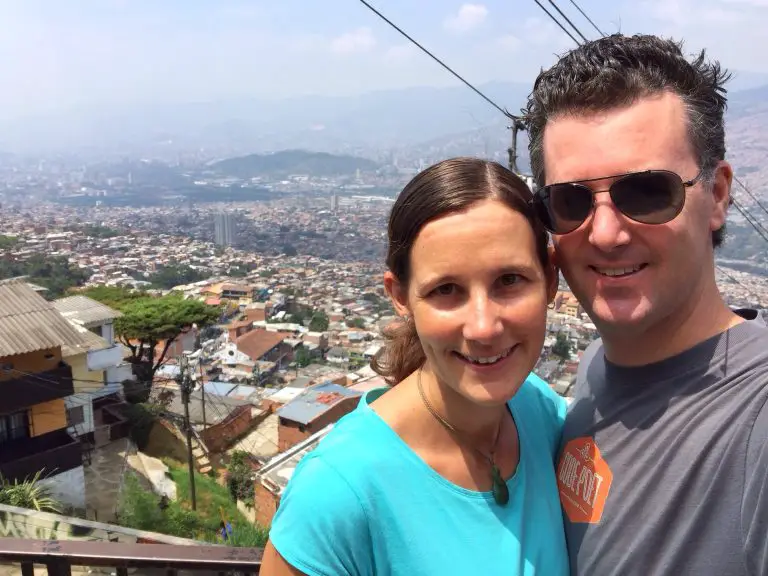The Camino Primitivo podcast
Eight strong men robed in red pulled the knotted rope in unison and the enormous silver incense burner swung through the air, trailing fragrant smoke in its wake. Hundreds of people raised cameras and cell phones to capture the moment and the botafumeiro swung on. We’d arrived. After two weeks of walking, we were once again in Santiago Cathedral, attending the pilgrim mass and watching the botafumeiro swing in a tradition almost as old as the Camino de Santiago itself.
To listen, hit play below or find episode 302 in iTunes, Stitcher or Soundcloud:
It has been said that the Camino de Santiago created the modern idea of Europe, as people travelling across the continent to visit the tomb of St James in the northwest corner of Spain created the links that join countries together today. It was certainly the number-one reason for human migration in the middle ages, and though it has since lost that status, thousands of people still make their way across Spain every year, walking or cycling towards the end goal of Santiago Cathedral.
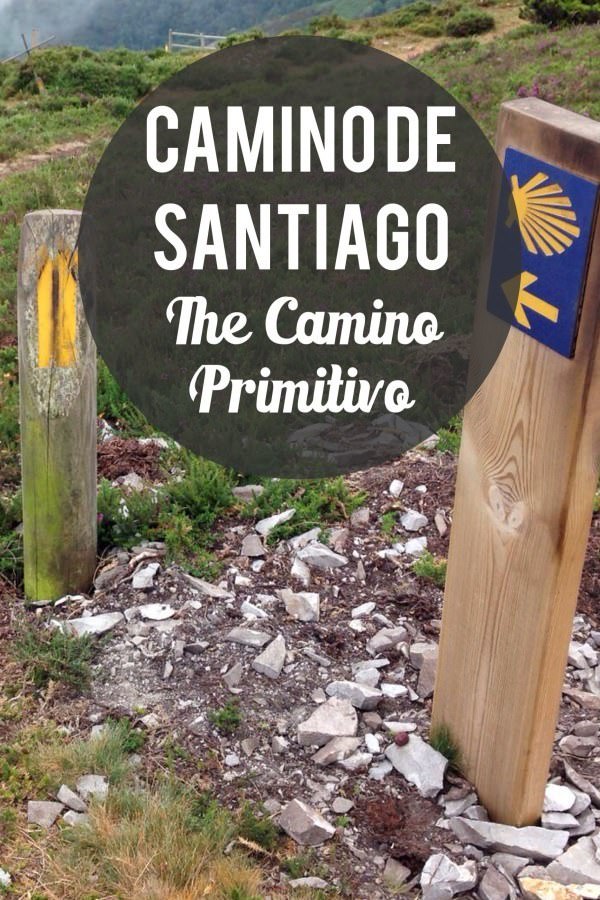
We recently finished our fourth Camino, the Camino Primitivo. This route starts in Oviedo in the Spanish province of Asturias, and was the original way, first walked by King Alfonso in the ninth century. He was the one who ordered that a basilica be built to house the remains of St James, and so created the end point for the many Caminos de Santiago.
The Camino Primitivo was very popular in medieval times, as a stop at Oviedo’s San Salvador cathedral was considered essential by many pilgrims, and a popular saying said that “he who visits Santiago, but not San Salvador, visits the servant but not the Lord”. These days it isn’t as popular as the more well-known Camino Francés, and is regarded as the most difficult of all the routes because of its hilly terrain.
We particularly enjoyed the Camino Primitivo, and wholeheartedly recommend it. When you go, you’ll need to do a bit of preparation.
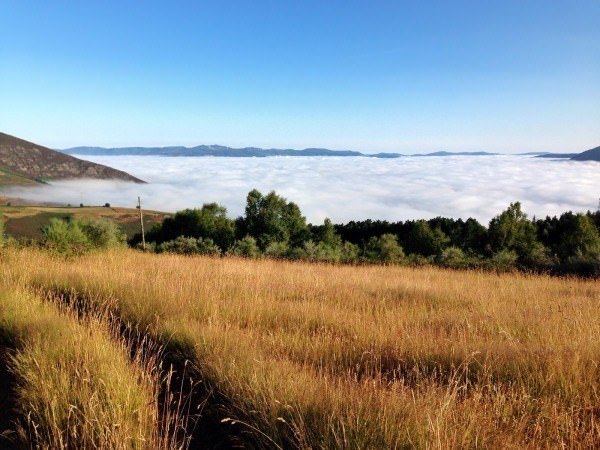
Before you go
Choose your route
When people talk about “the Camino” they usually mean the French way, which starts of the border with France and crosses Spain from east to west, passing through Pamplona, Burgos, and Leon. It’s a great route, with an excellent atmosphere and fantastic infrastructure, but it’s very popular and not recommended in summer. You could also consider the Northern way, which follows the northern coast of Spain, or the Via de La Plata from Seville. There’s also a Portuguese way, a way from Madrid, and many more options. When making your choice, think about how much time you have, what time of year you’ll be going, the weather in the places you’ll be passing through, and terrain.
Pack
Packing can be a challenge, but the most important thing to remember is to keep it light: less than 10% of your body weight. You’ll need two changes of clothes, wet-weather gear, a sleeping bag, good boots, a well-stocked first-aid kit and a lightly-stocked toiletries kit. Try not to take too much else! If you have back problems, you could consider a pack-carrying service which will deliver your pack to your accommodation each day, or stay at hotels and guesthouses rather than pilgrim hostels if you don’t want to carry a sleeping bag.
Get your guide and passport
The way is well-marked with arrows and scallop shells, but you’ll need some sort of guide to let you know how far away the next town is. There are plenty of books to choose from, and a lot of the information is available online — this time, we just used the free Eroski guide (in Spanish). We recommend you have a paper copy of the most important information (names of towns, topography, distances from place to place, facilities), just in case your electronics fail.
You’ll need a pilgrim passport to have access to pilgrim hostels and to get your certificate of completion; we bought ours at Oviedo Cathedral.
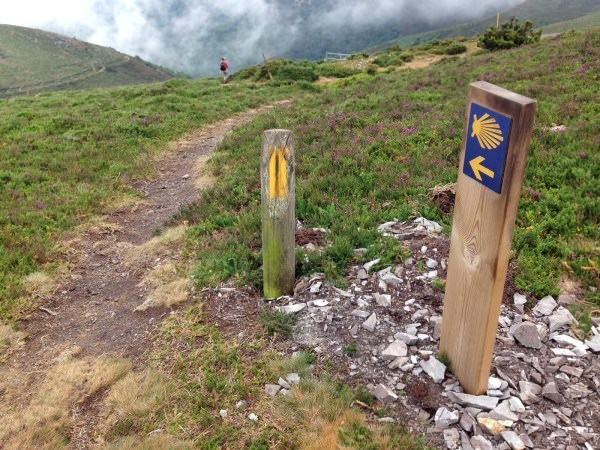
On the way
Sleep
Most pilgrims stay in pilgrim hostels called albergues, which are either run by the local government (municipal) or privately (privado). Municipal albergues can’t be booked in advance and tend to be cheaper than private ones, around €5-6. Private albergues are either donativo (you give what you want) or around €10-15 per night. As the route was quite busy and we were a group of seven by the end, we often found ourselves calling up private albergues to make reservations.
If you’re staying in an albergue, remember to pack earplugs and perhaps an eyemask, and to be considerate of other pilgrims, especially if you are an early riser. Try not to rustle too much late at night or in the early morning, and pack your bag in common areas rather than in the dorm room.
Look after yourself
You’ll probably have blisters, muscle ache, or some other problem with your body — when you do, sort it out as soon as possible. There are plenty of pharmacies along the way and other pilgrims will help you out if you ask, but don’t put off dealing with any issues, as they will probably get worse. Make sure your first-aid kit contains bandages, band-aids, blister plasters, and anti-inflammatory painkillers, and consider anti-inflammatory gel or liniment if you tend to get muscle ache.
Eat and drink
It’s important to stay hydrated, so take a large water bottle with you — and use it! Supermarkets and small grocery stores will furnish you with food if you want to cook for yourself (many albergues have kitchens) or eat at the many bars, restaurants, and cafés for convenience.
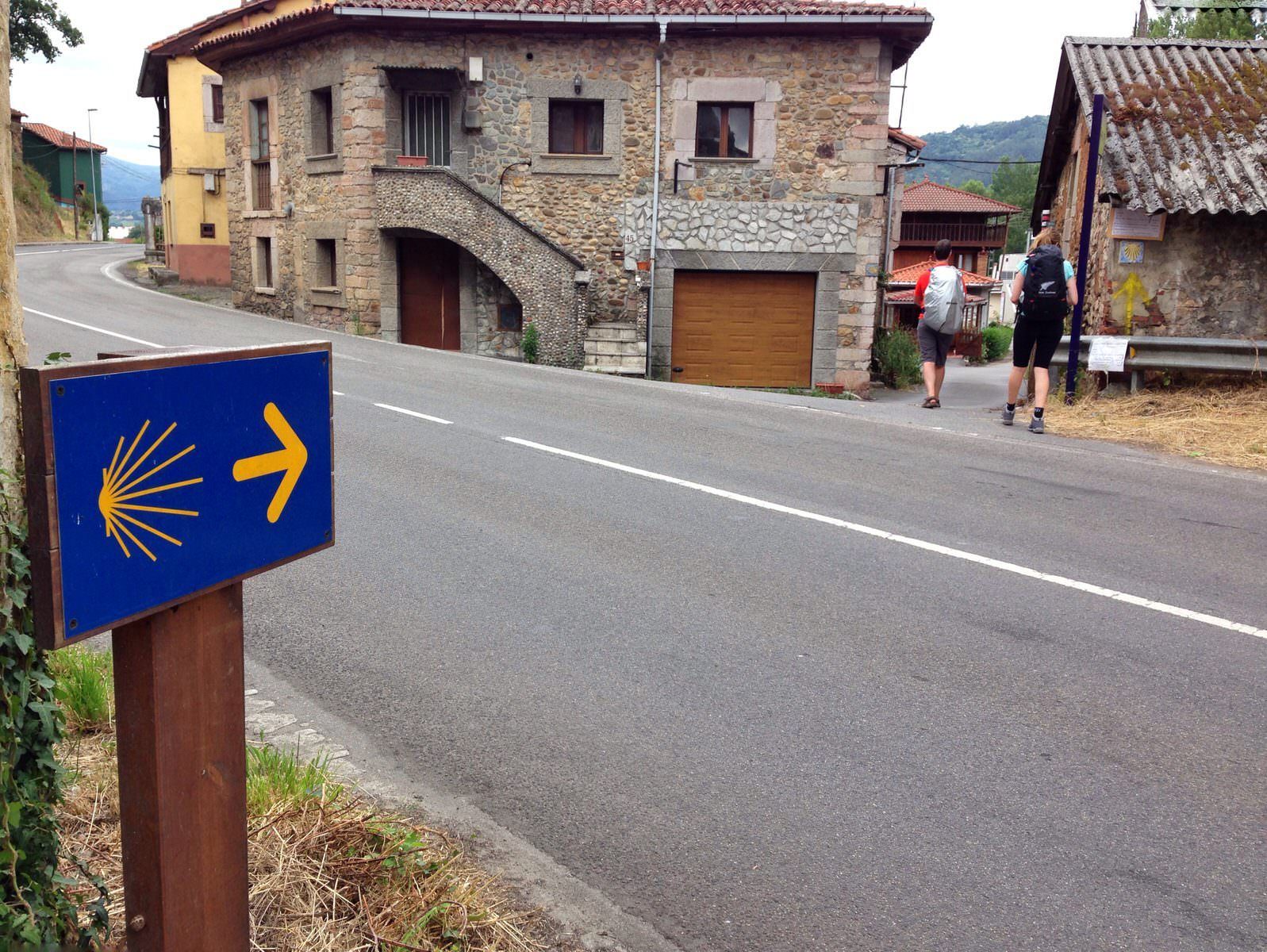
In Santiago
Paperwork
After you arrive in Santiago and take the obligatory photo in front of the cathedral, head to the Pilgrims’ Office for your Compostela, or certificate of completion. A new option has recently been introduced, which states the number of kilometres you have walked in addition to your name and the date. We didn’t get one as 320km seemed kind of short in comparison to the 2800km that a Belgian woman we met had done!
Mass
The pilgrim mass at noon is another important thing to do, but get there at least an hour early if you want a seat. Afterwards, head behind the main altar to give the statue of St James a hug, then go down into the crypt to view the silver casket that houses his remains.
Say goodbye
It’s a good idea to stay a couple of days in Santiago in order to relax a little and spend time with the people you met along the way. We often eat lunch at Casa Manolo, which has a large dining room and takes bookings for large groups of people, though the quality of food has declined over the past few years.
From Santiago, you can keep walking to Finisterre or Muxia or choose a faster form of transport to take you to other parts of Spain or Europe: there are good bus and train connections, and several airports are within reach if you plan to fly.
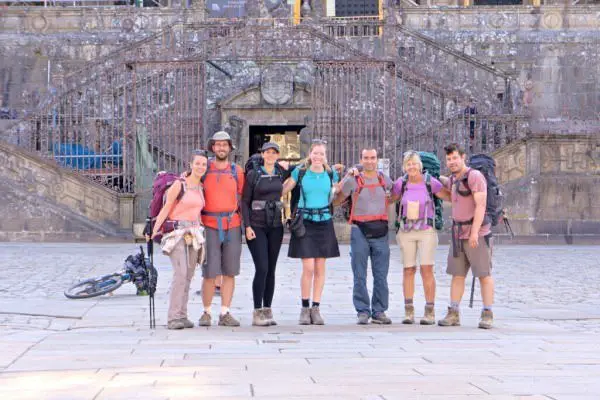
Considering a camino?
We love the Camino, and highly recommend it. It’s a cheap, meaningful way to see Spain in depth, and it’s a great opportunity to meet people and learn more about yourself. We asked a couple of people what advice they’d give to someone who was thinking about doing a camino, and I think our French friend Clothilde put it best: “don’t think too much, just do it.”
To listen, hit play above or check in iTunes, Stitcher or Soundcloud.
This episode of the Indie Travel Podcast is sponsored by Context Travel.
Context provides private guides and (very) small group tours for the intellectually curious traveler. PhD and MA-educated guides take you deep into your destination, and with a maximum group size of six, you can ask as many questions as you like!
Find out more about Madrid tours at Context Travel.

